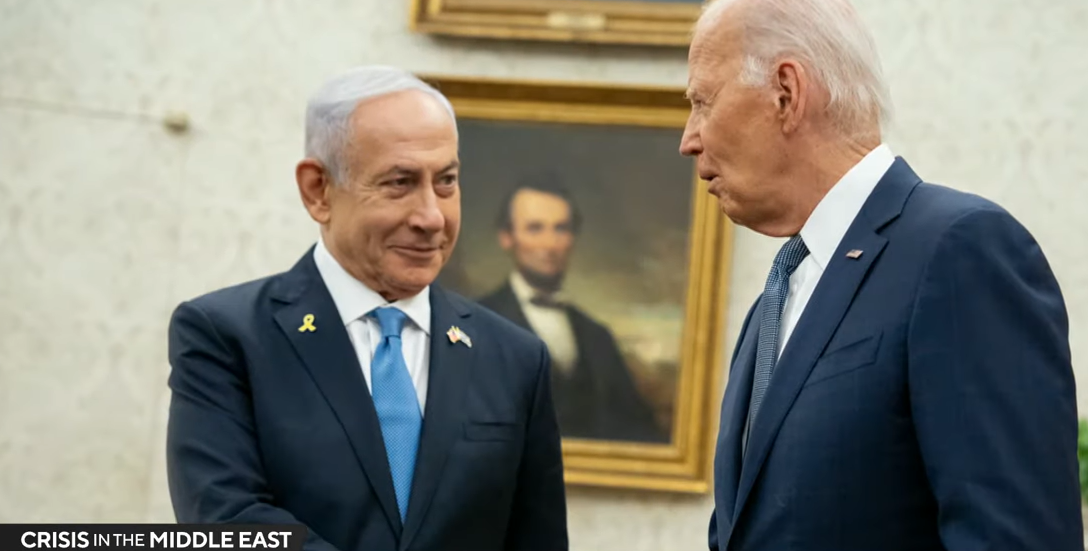Mr. Langoya speaks to students from Gulu University on carbon credit.
“I want to announce that we have started to regulate illegal activities around forest products by stopping illegal indiscriminate tree cutting. I am disappointed that, despite total ban on the cutting of beyo tree species (azalea Africana) by the Ministry of Water & Environment, dealers in forest products still find their way out of the region yet there are several check points”
“Some of us think that tree-cutting is bad. No! You are still storing carbon so long as you don’t burn it. Once you harvest a tree, use it for making furniture. These furniture store carbon”
GULU-UGANDA: On Thursday, April 19, 2018, a group of students from Gulu University Faculty of Agriculture & Environment visited the forest plantation of Mr. Dickson Langoya which is located in Opok Forest, just fifteen minutes’ drive from Gulu City in Omoro district.
The students wanted to discuss with this retired forester now an entrepreneur in forestry and its products; the carbon concentration in planted forest as compared to that of natural forests and how they complement each other.
In 1992, the United Nations Framework Convention on Climate Change (UNFCCC), the intergovernmental treaty, was adopted as the basis for a global response to tackle the challenges posed by climate change. With 195 Parties, the convention enjoys near-universal memberships.
The ultimate objective is to stabilize gas concentration in the atmosphere at a level that would prevent dangerous human interference with climate system.
With erratic rain pattern, declines in agricultural activities which has led to famine in some parts of the region; and unpredictable weather; the visit of these students to Mr. Langoya’s plantation is timely since the motto of the university is ‘For Community Transformation’.
On the same day also, Gulu district Local Government Chairman, Mr. Ojara Martin Mapenduzi, held a press conference in his office on the subject of ‘environmental degradation’.
“I want to announce that we have started to regulate illegal activities around forest products by stopping illegal indiscriminate tree cutting. I am disappointed that, despite total ban on the cutting of beyo tree species (azalea Africana) by the Ministry of Water & Environment, dealers in forest products still find their way out of the region yet there are several check points”, laments Mr. Mapenduzi.
Azalea Africana trees are very marketable in Asia, especially in China, and are a rear tree species which is found only in northern Uganda and South Sudan. The trade has attracted several high ranking government officials including senior police officers.
According to Mr. Langoya however, cutting down of trees is not bad in itself so long as you don’t burn it because you will still be storing carbon.
“Some of us think that tree-cutting is bad. No! You are still storing carbon so long as you don’t burn it. Once you harvest a tree, use it for making furniture. These furniture store carbon”, says Mr. Langoya.
Mr. Langoya asserts that it is more beneficial to the world to emphasize on the importance of establishing timber, pole and fuel wood plantations as a substitute to accessing forest products from natural forests.
“One hectare of planted forest will save almost 75 hectares of natural forest from the spiral process of forest degradation. By planting ten hectares, you will have saved 750 hectares of natural forests. One could also earn over 30-35 million shillings (about $9,436.51 US dollars) per hectare of planted forests from five years”, says Mr. Langoya.
Another bonus of planted forest/trees is that planted forests sink/sequestrate more carbon from the atmosphere than natural forests.
“Planted forests can on average sink/sequestrate 14 tons of carbon per hectare per year while natural forest can sink/sequestrate 9 tons per hectares per year after 25 years of waiting”, says Mr. Langoya.
Mr. Langoya explains that a ton of carbon sequestrated by forests costs about US$5 in voluntary market. With ten hectares of planted forests, one should be paid US$700 per year. That is why most organizations interested in carbon trade are going for planted forests rather than natural forests.
“UN convention on Climate Change dictates a limit by which a country can release carbon dioxide in the atmosphere. If you go beyond it you have to pay for the extra tons you released and this goes to countries who have underutilized their limits in the form of carbon credits. It is like the business of Stock Exchange”.
Mr. Langoya appealed to Africans to begin to use energy saving stoves which requires lesser fuel wood/charcoal which uses only between 50%-80% (percent) less fuel than the traditional stoves.
“If you are using 50%-80% (percent) less fuel, it means you are keeping more trees standing and keeping it as sink. We need to be advised”, concludes Mr. Langoya.


















